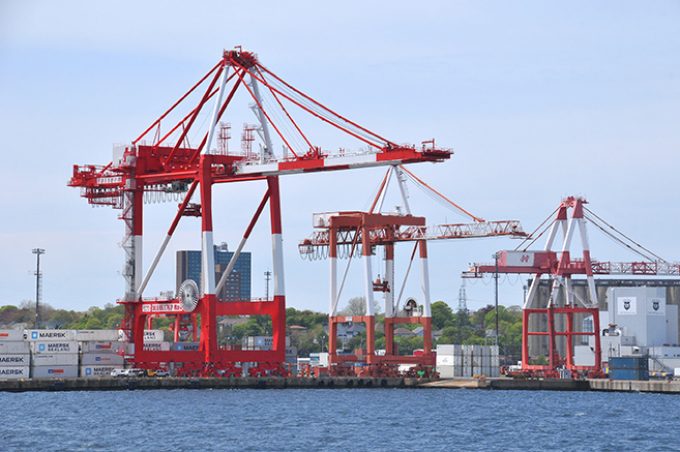
The Canadian port of Halifax has completed work on a berth expansion that allows it to handle two ultra-large container vessels (ULCVs) simultaneously at its South End container facility – now it is addressing the flow of information between port users.
The project had been in ...


Comment on this article